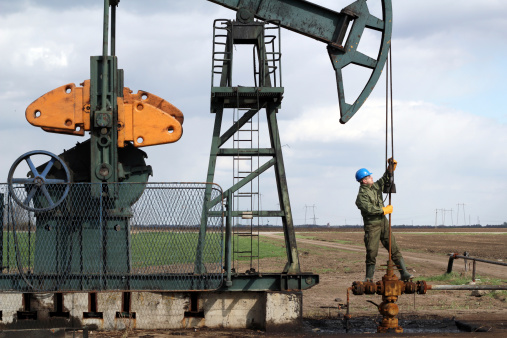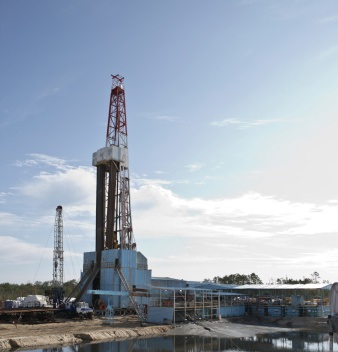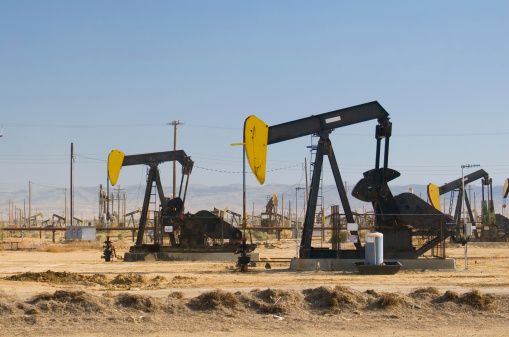 The future of clean energy is explored in the 2012 documentary film, SWITCH, which was recently shown at a screening presented by the Dallas Electric Club at Southern Methodist University in Dallas. The film explores many energy hubs around the world to help viewers understand how energy is produced, how much each source is producing, the economics of energy production, and public opinion. From coal to solar and everything in between, the film puts all energy resources and production under a microscope. Director Harry Lynch told the audience that he and the film crew wanted to show a nonpartisan story on energy.
The future of clean energy is explored in the 2012 documentary film, SWITCH, which was recently shown at a screening presented by the Dallas Electric Club at Southern Methodist University in Dallas. The film explores many energy hubs around the world to help viewers understand how energy is produced, how much each source is producing, the economics of energy production, and public opinion. From coal to solar and everything in between, the film puts all energy resources and production under a microscope. Director Harry Lynch told the audience that he and the film crew wanted to show a nonpartisan story on energy.
Scott Tinker, an expert on global energy reserves, policy, and geoscience, serves as the film’s narrator. As Tinker prepares to visit various energy sources around the world, he explains that the average person uses 200,000 watt hours every year. Tinker uses the number of watt hours used by one person every year to measure the output and production of every energy source he visits. For example, Tinker visits Perdido in the Gulf of Mexico, the world’s deepest offshore oil drilling and production platform that produces enough energy from natural resources to meet the power needs of one million people per year while a wind farm with 4,000 windmills in Denmark can power 340,000 people per year.
The film helps viewers understand that energy extraction from every source doesn’t come without its challenges and tradeoffs. There are costs to every energy source and the challenge is creating clean energy at a cost that is acceptable to the public. The film asserts that the goal for our species moving forward is to produce clean energy at a reasonable cost.
Astonishing technological advances have been made over the years, moving us closer to our clean energy goal. But the current technology and methods of capturing, storing, and using this clean energy are often too expensive to be embraced globally. For instance, we have the knowledge and capabilities to capture and store carbon dioxide emitted by coal-fired power plants to produce “clean coal,” but doing so on a large scale requires more funding money and the resources to capture the carbon dioxide.
Energy transportation is viewed as another major issue contributing to the high cost of clean energy. How do we transport the energy from its source, and at what cost? And it isn’t just financial questions that are raised. Are we willing to erect potentially unsightly windmills in major metropolitan areas to power every home, or can power lines be used on 100-year old family farm to transfer energy across cities?
The film reaches a close as Tinker begins to subtract from his 200,000 watt hours of energy use per year by installing energy efficient lights and insulation in his home. Not surprisingly, we rely extensively on “dirty energy” such as coal and fossil fuels; the cheapest energy is the dirtiest energy. The transition to clean energy can be made, but the film tells us it will likely require the use of natural gas and nuclear energy in combination with renewable energy, a crossover of foundational energy and the energy of the future.
But before we can begin to make the transition, the film urges society to start changing its energy behavior and the way energy is viewed. Changing society’s energy behavior is the most important part of the future of energy. Not everyone needs to install solar panels on their homes to provide them with electricity, but seeing homes with solar panels will get people to consider conservation in a different light. Focusing on energy efficiency is the first step toward meeting our energy goals.






